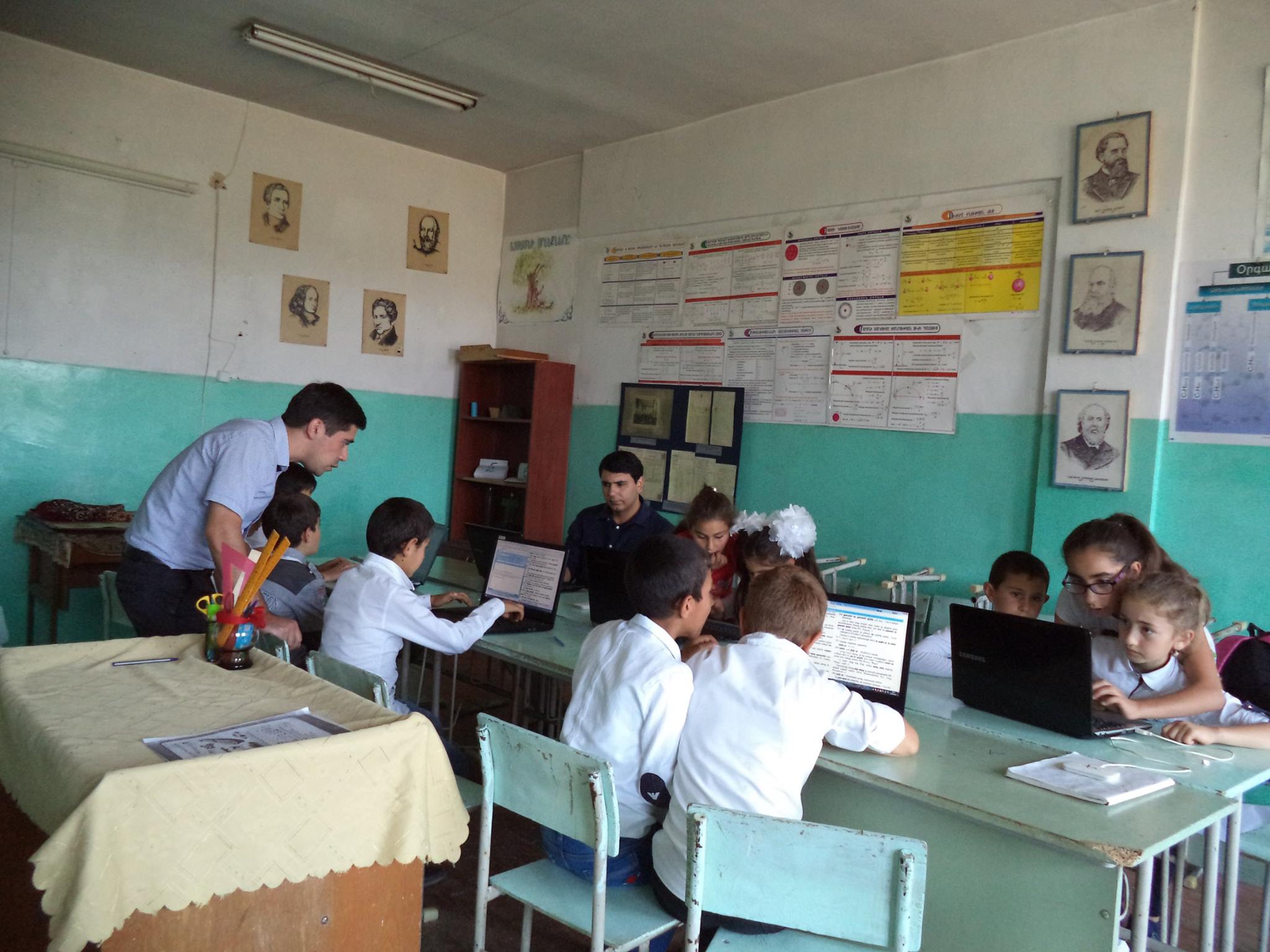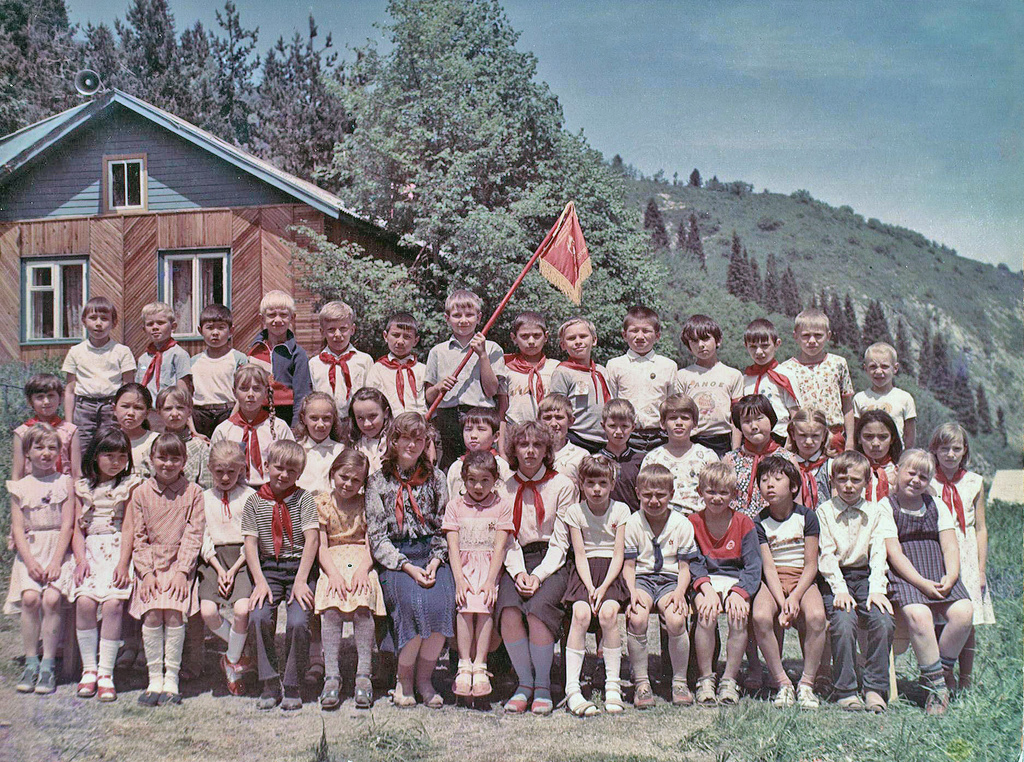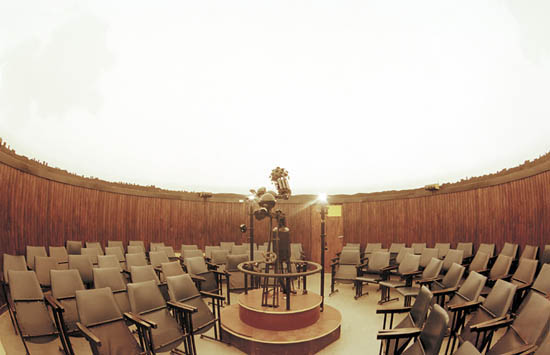|
Children's Palace (China)
The Children's Palace (in ) is a public facility in China where children engage in extra-curricular activities. History and activity The Pioneer movement and Pioneers Palace of the Soviet Union which began in 1930 spread to other Socialist countries, such as the People's Republic of China, where they are called Children's Palaces. At a Children's Palace, the Chinese youth engage in extra-curricular activities, such as learning music, foreign languages, and computing skills, and doing sports. In larger cities, each district has set up its own Children's Palace, while there is also a City Children's Palace whose larger auditorium and planetarium A planetarium ( planetariums or ''planetaria'') is a theatre built primarily for presenting educational and entertaining shows about astronomy and the night sky, or for training in celestial navigation. A dominant feature of most planetarium ... are shared by the children of all the City's Districts. [...More Info...] [...Related Items...] OR: [Wikipedia] [Google] [Baidu] |
Shenzhen Children Palace
Shenzhen (; ; ; ), also historically known as Sham Chun, is a major sub-provincial city and one of the special economic zones of China. The city is located on the east bank of the Pearl River estuary on the central coast of southern province of Guangdong, bordering Hong Kong to the south, Dongguan to the north, and Huizhou to the northeast. With a population of 17.56 million as of 2020, Shenzhen is the third most populous city by urban population in China after Shanghai and Beijing. Shenzhen is a global center in technology, research, manufacturing, business and economics, finance, tourism and transportation, and the Port of Shenzhen is the world's fourth busiest container port. Shenzhen is classified as a Large-Port Megacity, the largest type of port-city in the world. Shenzhen roughly follows the administrative boundaries of Bao'an County, which was established since imperial times. The southern portion of Bao'an County was seized by the British after the Opium Wars and b ... [...More Info...] [...Related Items...] OR: [Wikipedia] [Google] [Baidu] |
Extra-curricular Activities
An extracurricular activity (ECA) or extra academic activity (EAA) or Cultural Activities, cultural activities is an activity, performed by students, that falls outside the realm of the normal curriculum of school, college or university education. Such activities are generally Volunteering, voluntary (as opposed to mandatory), social, philanthropic, and often involve others of the same age. Students and staff direct these activities under Faculty (teaching staff), faculty sponsorship, although student-led initiatives, such as independent newspapers, are very common. However, sometimes the school principals and teachers also bring in these activities in the school among the students. Benefits of participation A group study conducted by surveying school-age students in the National Longitudinal Study of Adolescent Health revealed that 70% of adolescents in the USA are involved in some form of extracurricular activities. Other studies have shown being involved in extracurricular ... [...More Info...] [...Related Items...] OR: [Wikipedia] [Google] [Baidu] |
Pioneer Movement
A pioneer movement is an organization for children operated by a communist party. Typically children enter into the organization in elementary school and continue until adolescence. The adolescents then typically join the Young Communist League. Prior to the 1990s there was a wide cooperation between pioneer and similar movements of about 30 countries, coordinated by the international organization, '' International Committee of Children's and Adolescents' Movements'' (french: Comité international des mouvements d'enfants et d'adolescents, CIMEA), founded in 1958, with headquarters in Budapest, Hungary. Overview During the Russian Civil War from 1917 to 1921, most of the Russian Scoutmasters and many Scouts fought in the ranks of the White Army against the Red Army. Between 1918 and 1920, the All-Russian Congresses of the Russian Union of the Communist Youth (Komsomol) decided to eradicate the Scout movement and create an organization of the communist type, that would take ... [...More Info...] [...Related Items...] OR: [Wikipedia] [Google] [Baidu] |
Pioneers Palace
Young Pioneer Palaces or Palaces of Young Pioneers and Schoolchildren were youth centers designated for the creative work, sport training and extracurricular activities of Young Pioneers and other schoolchildren. Young Pioneer Palaces originated in the Soviet Union. After the collapse of the Soviet Bloc and the Soviet Union itself, they were transformed into depoliticized youth extracurricular establishments. Description The predecessors of Young Pioneer Palaces were established during the 1920s and 1930s in Moscow and later in Leningrad, Sverdlovsk, Tbilisi, Kyiv, Irkutsk and other cities and towns of the Soviet Union. The first Young Pioneer Palace was established in Kharkov in the former House of the Assembly of Nobility on 6 September 1935. In 1971 there were more than 3,500 Young Pioneer Palaces in the country. The early ones were organized at re-equipped palaces and personal residences of aristocrats of the Russian Empire, and were nationalized shortly after Soviet power w ... [...More Info...] [...Related Items...] OR: [Wikipedia] [Google] [Baidu] |
Soviet Union
The Soviet Union,. officially the Union of Soviet Socialist Republics. (USSR),. was a List of former transcontinental countries#Since 1700, transcontinental country that spanned much of Eurasia from 1922 to 1991. A flagship communist state, it was nominally a Federation, federal union of Republics of the Soviet Union, fifteen national republics; in practice, both Government of the Soviet Union, its government and Economy of the Soviet Union, its economy were highly Soviet-type economic planning, centralized until its final years. It was a one-party state governed by the Communist Party of the Soviet Union, with the city of Moscow serving as its capital as well as that of its largest and most populous republic: the Russian Soviet Federative Socialist Republic, Russian SFSR. Other major cities included Saint Petersburg, Leningrad (Russian SFSR), Kyiv, Kiev (Ukrainian Soviet Socialist Republic, Ukrainian SSR), Minsk (Byelorussian Soviet Socialist Republic, Byelorussian SSR), Tas ... [...More Info...] [...Related Items...] OR: [Wikipedia] [Google] [Baidu] |
Socialist Countries
A socialist state, socialist republic, or socialist country, sometimes referred to as a workers' state or workers' republic, is a sovereign state constitutionally dedicated to the establishment of socialism. The term ''communist state'' is often used synonymously in the West specifically when referring to one-party socialist states governed by Marxist–Leninist communist parties, despite these countries being officially socialist states in the process of building socialism and progressing toward a communist society. These countries never describe themselves as ''communist'' nor as having implemented a communist society. Additionally, a number of countries that are multi-party capitalist states make references to socialism in their constitutions, in most cases alluding to the building of a socialist society, naming socialism, claiming to be a socialist state, or including the term ''people's republic'' or ''socialist republic'' in their country's full name, although this does ... [...More Info...] [...Related Items...] OR: [Wikipedia] [Google] [Baidu] |
People's Republic Of China
China, officially the People's Republic of China (PRC), is a country in East Asia. It is the world's List of countries and dependencies by population, most populous country, with a Population of China, population exceeding 1.4 billion, slightly ahead of India. China spans the equivalent of five time zones and Borders of China, borders fourteen countries by land, the List of countries and territories by land borders, most of any country in the world, tied with Russia. Covering an area of approximately , it is the world's third List of countries and dependencies by area, largest country by total land area. The country consists of 22 provinces of China, provinces, five autonomous regions of China, autonomous regions, four direct-administered municipalities of China, municipalities, and two special administrative regions of China, Special Administrative Regions (Hong Kong and Macau). The national capital is Beijing, and the List of cities in China by population, most populous ci ... [...More Info...] [...Related Items...] OR: [Wikipedia] [Google] [Baidu] |
District
A district is a type of administrative division that, in some countries, is managed by the local government. Across the world, areas known as "districts" vary greatly in size, spanning regions or county, counties, several municipality, municipalities, subdivisions of municipalities, school district, or political district. By country/region Afghanistan In Afghanistan, a district (Persian language, Persian ps, ولسوالۍ ) is a subdivision of a province. There are almost 400 districts in the country. Australia Electoral districts are used in state elections. Districts were also used in several states as cadastral units for land titles. Some were used as squatting districts. Cadastral divisions of New South Wales, New South Wales had several different types of districts used in the 21st century. Austria In Austria, the word is used with different meanings in three different contexts: * Some of the tasks of the administrative branch of the national and regional governme ... [...More Info...] [...Related Items...] OR: [Wikipedia] [Google] [Baidu] |
Auditorium
An auditorium is a room built to enable an audience to hear and watch performances. For movie theatres, the number of auditoria (or auditoriums) is expressed as the number of screens. Auditoria can be found in entertainment venues, community halls, and theaters, and may be used for rehearsal, presentation, performing arts productions, or as a learning space. Etymology The term is taken from Latin (from ''audītōrium'', from ''audītōrius'' ("pertaining to hearing")); the concept is taken from the Greek auditorium, which had a series of semi-circular seating shelves in the theatre, divided by broad 'belts', called ''diazomata'', with eleven rows of seats between each. Auditorium structure The audience in a modern theatre are usually separated from the performers by the proscenium arch, although other types of stage are common. The price charged for seats in each part of the auditorium (known in the industry as the house) usually varies according to the quality ... [...More Info...] [...Related Items...] OR: [Wikipedia] [Google] [Baidu] |
Planetarium
A planetarium ( planetariums or ''planetaria'') is a theatre built primarily for presenting educational and entertaining shows about astronomy and the night sky, or for training in celestial navigation. A dominant feature of most planetariums is the large dome-shaped projection screen onto which scenes of stars, planets, and other celestial objects can be made to appear and move realistically to simulate their motion. The projection can be created in various ways, such as a star ball, slide projector, video, fulldome projector systems, and lasers. Typical systems can be set to simulate the sky at any point in time, past or present, and often to depict the night sky as it would appear from any point of latitude on Earth. Planetaria range in size from the 37 meter dome in St. Petersburg, Russia (called “Planetarium No 1”) to three-meter inflatable portable domes where attendees sit on the floor. The largest planetarium in the Western Hemisphere is the Jennifer Chalsty P ... [...More Info...] [...Related Items...] OR: [Wikipedia] [Google] [Baidu] |







